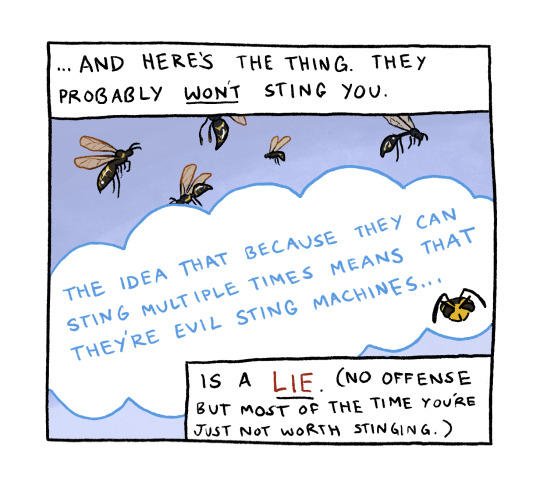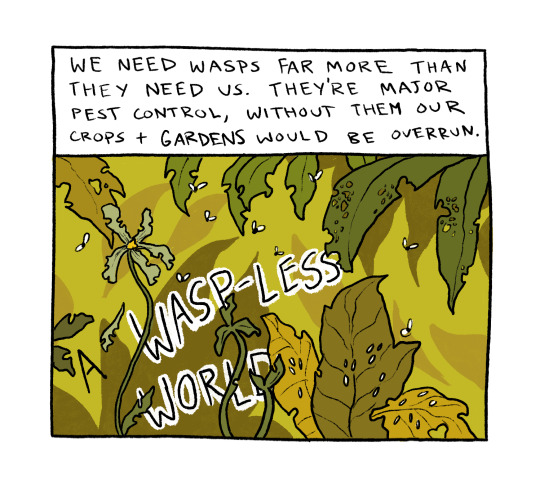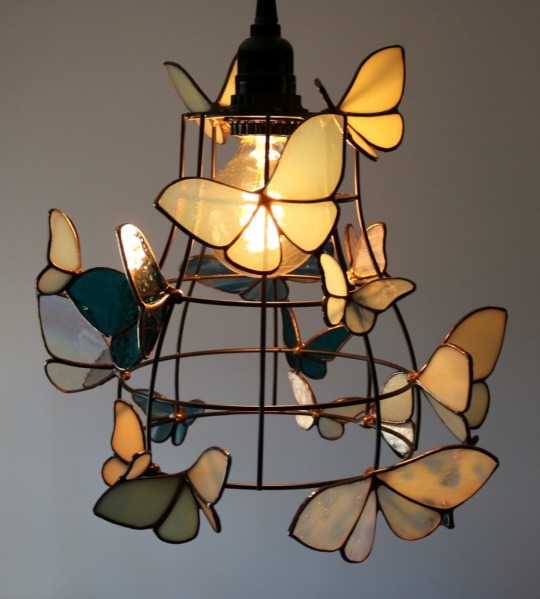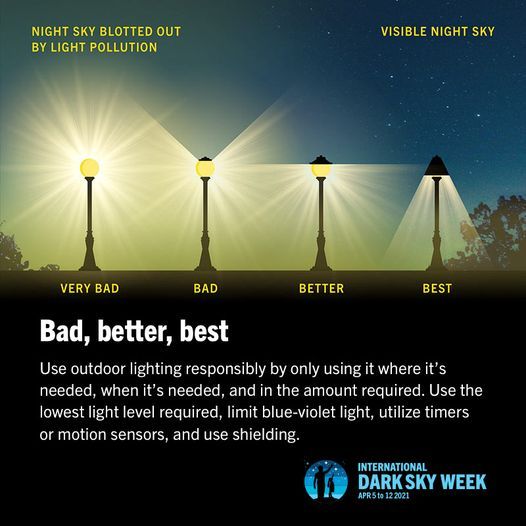Biologist, especially working with Coleoptera. A blog about biology, ecology and evolution/phylogeny of beetles. And other stuff I like...
Don't wanna be here? Send us removal request.
Photo
Nice Trypocopris!

Geotrupes stercorarius is a species of earth-boring dung beetle, common name Dor. I found this one on a walk south of France I believe. (Sorry @onenicebugperday calling on your knowledge yet again, there are way too many dung beetles and this one being all smooth at the back makes me unsure)
Whether I’m right about the ID or not, let’s have a fact from animalfunfacts: What Do Dor Beetles Eat? They like to eat what we want to get rid of as quickly as possible: feces. Dung (feces from herbivores), to put it more exactly. In most cases it is not completely digested and, in addition to grass eaten by horses, cows, rabbits, etc., contains a liquid with the little organisms the beetles like so much. The common dor beetle particularly appreciates cow and horse dung. It mostly spends its evenings flying about in the proximity of those animals and waiting for some food to “fall down”. Some dor beetles also feed on fungi or humus.
325 notes
·
View notes
Photo

American Carrion Beetle (Necrophila americana)
121 notes
·
View notes
Photo
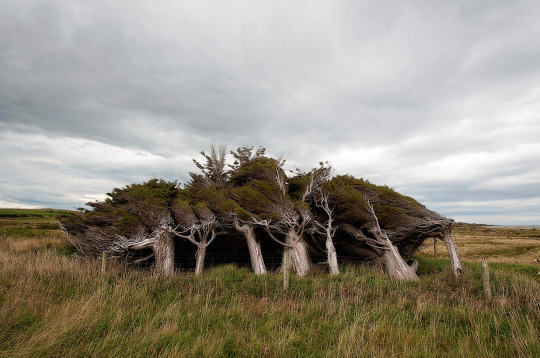

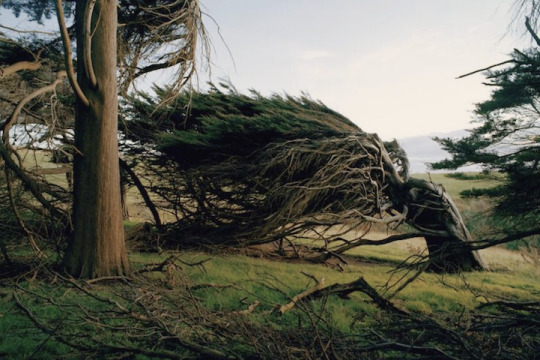
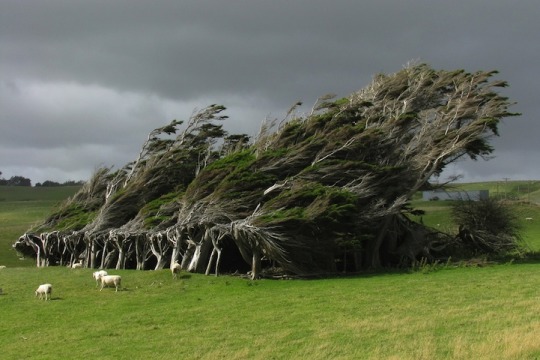

slope point, the southernmost tip on new zealand’s south island, is hit with such persistently violent southern antarctic winds that trees grow in the leeward direction. (click pic or link for credit x, x, x, x, x, x)
109K notes
·
View notes
Photo










Weeds and Flowers Recast as Shadowy Subjects in Daniel Shipp’s Dramatic Photographs
8K notes
·
View notes
Text
Large Copper Dung Beetle
Scarabaeus (Kheper) nigroaeneus
Family: Scarabaeidae.
Did you know?
There are approximately 780 species of Dung Beetle in South Africa alone!!!
#dungbeetle #video #videography #buyelaeafrica #insect #insectphotography #buyela #wanderlust #wildlife #wildlife_inspired #wildlifeaddicts #wildlifephotography #nature_lovers #outdoorlife #nature #beauty #safari #beautiful_world #underafricanskies
6 notes
·
View notes
Text

Yesterday I took a walk to the botanical garden of my hometown. We found a huge bunch of flowering plants and insects. Here you have Phyllopertha horticola (Scarabaeidae).
1 note
·
View note
Text
Pyrrhidium sanguineum is a longhorn beetle (Cerambycidae) common in a huge range of Europe. Its preferred food tree is oak.

This one I found in an old forest where European Bison are grazing. There is much of dead wood where these beetles find space to live.
2 notes
·
View notes
Photo

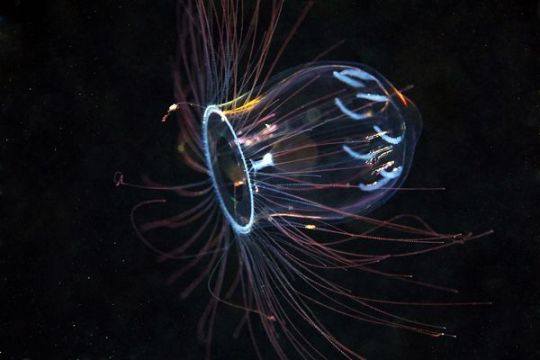
Pink Helmet
Aglantha digitale
The Pink Helmet is a mini hydromedusa that comes in a variety of vibrant colors. The tiny jelly is only 4 cm in size and is found towards the surface of the ocean. The purple and blue hues we see in its bell are caused by a phenomenon known as iridescence, when light strikes the jelly’s thin tissue at different angles (similar to what we see in a soap bubbles). It also has orange pigmentation near its mouth; this pigmentation helps attract prey and mask luminescence. Furthermore, females tend to be more colorful than males.
Photo credit: https://biolum.eemb.ucsb.edu/organism/pictures/aglantha.html
https://www.pinterest.com/pin/186899453255850798/
3K notes
·
View notes
Photo


Splendid Earth-boring Beetle - Geotrupes splendidus
258 notes
·
View notes
Photo

BIG NEWS IN ENTOMOLOGY:
Cockroach Species Found to Live Like Ants With Workers and a Queen
“All cockroaches are solitary,” says Peter Vršanský at the Slovak Academy of Sciences in Bratislava – or so everyone thought. “It’s unbelievable!”
Neotropical Melyroidea group cockroaches reveal various degrees of (eu)sociality
Eusociality in its various degrees represents an animal social system characterised by cooperative brood care, differentiation into castes and generational overlap. The fossil record indicates that eusociality is likely to have originated in hymenopterans and blattodeans during the Cretaceous.
In this study, we present findings from surveys in Peruvian (Villa Carmen) and Ecuadorian (Rio Bigal, El Reventador) cloud forests revealing the first extant cockroach species living in complex, structured groups (n = 90-200 individuals, ˃ 20 adults).
We observed and described behaviours that suggest the existence of cooperative care, nest guarding, nest chamber preparation within hardwood Casearia sp. (Salicaceae) and bamboo (Bambusoideae), multiple overlapping generations (‘different stages of’ instars), colony translocation, possibly a sole reproductive female (1.25 times larger white 'queen’, but no potential 'king’ observed), and morphologically diversified immature stages.
In order to define the lineage where this type of sociality originated and occurs, the forms of Melyroidea magnifica Shelford, 1912, M. ecuadoriana sp. n., M. mimetica Shelford, 1912 and an undescribed species from Peru are also described in a separate section of this study.
Blattoid morphological characteristics such as typical styli suggest categorisation within distinct Oulopterygidae (Rehn, 1951), outside Corydiidae Saussure 1864. Transitional advanced sociality or semisociality in related Aclavoidea socialis gen. et sp. n. is documented in a rotting stump (n = 80 individuals, few adults).
Close phylogenetic relation between the genera, conserved morphology of numerous characters and their diverse feeding strategies generally lacking specialisation suggests a rather recent origin of a social way of life in this group. Eusociality in invertebrates and vertebrates can thus originate in various phylogenetical and ecological trajectories including predation, parasitism, care for herbs and the new one, documented through diet shift from detritivory to fungivory and algaevory.
Interdisciplinary approaches reveal the low degree of knowledge of rainforest ecosystems , with fundamental groups remaining still systematically and also behaviourally undescribed.
Read the paper here: https://www.researchgate.net/publication/344026751_Neotropical_Melyroidea_group_cockroaches_reveal_various_degrees_of_eusociality
2K notes
·
View notes
Text
Very important text! Read it and spread it!
i kind of resent the way people have elevated bees to a near-mythical level of importance while ignoring every other bug. like…. if you think bees are important wait till you learn about…….. all the other insects……..
21K notes
·
View notes
Photo
A wonderful Silphidae beetle!!

Carrion beetle, Necrophila (Chrysosilpha) viridis?, Silphidae, Philippines
Photo by Frank Canon on Flickr // Instagram
Photo shared with permission; do not remove credit or re-post.
560 notes
·
View notes


